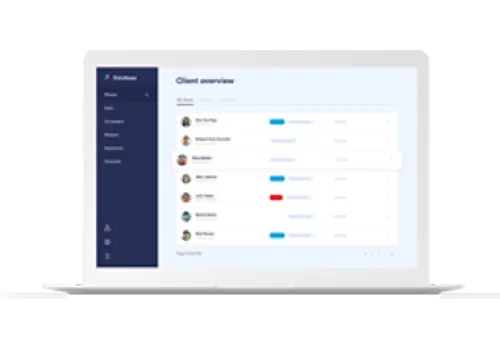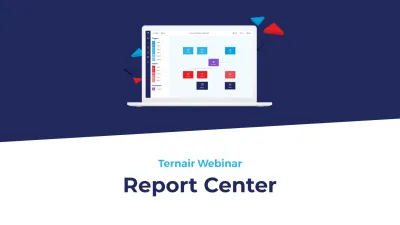1. Set your goals
Determine what you want to achieve with a CDP. Do you want to run more personalized marketing campaigns? Do you want to use customer data more efficiently, or create a unified customer journey across multiple channels?"
Why is this important? By clearly defining your goals, you can better assess what features you really need and avoid paying for unnecessary features.
2. Analyze your data structure
Map out what data you want to integrate and where this data currently resides. Also see if your current systems and data quality are ready for integration with a CDP.
Practical tip: Identify data sources, such as CRMs, e-commerce platforms, POS systems and social media channels. Also check for gaps or inconsistencies in current data.
3. Ask for a demo
A demo is an essential step in assessing how a CDP works in practice. Look at the user-friendliness of the interface and how the system and the organization behind it fit the needs of your team.
Why is this important? What sounds ideal on paper may prove less intuitive in practice. A hands-on experience will give you insight into the actual functionality of the platform and the support that comes with it.
4. Evaluate integrations
Control whether the CDP works seamlessly with your existing tools and systems, such as your CRM, marketing automation tools, advertising systems and analytics software.
Why important? A well-integrated CDP prevents you from spending extra time and cost on customizations or complex links.





